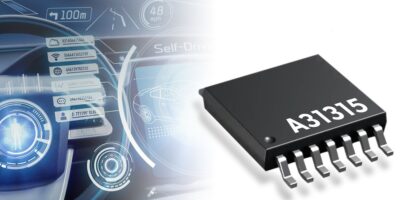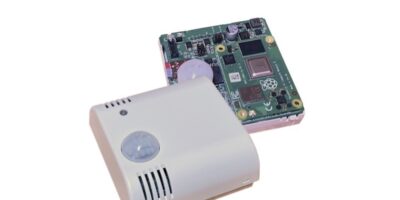Adding the sense of hearing to advanced driver assistance systems (ADAS), Infineon Technologies has partnered with Reality AI to integrate its Xensiv MEMS microphones to vehicles’ sensor systems. It enables cars to “see” around the corner and to warn about moving objects hidden in the blind spot or approaching emergency vehicles that are still too distant to see. Typically ADAS is based on cameras, radar or lidar so target objects have to be within the line of sight to be recognised by the system, which has proved a weakness for emergency vehicles as these can be heard much earlier than they can be seen and are therefore “invisible” to ADAS for a period of time.
Infineon’s Xensiv MEMS microphones are combined with Aurix microcontrollers and Reality AI’s automotive see-with-sound (SWS) system. Using machine learning-based algorithms, the system is able to detect emergency vehicles, cars and other road vehicles, even if they cannot be seen by drivers or detected by the sensors incorporated in the vehicles’ ADAS. Machine learning also ensures that the country-specific sirens of emergency vehicles are recognised around the world.
The automotive-qualified Xensiv MEMS microphone IM67D130A has an increased operating temperature range from -40 to +105 degrees C for use in harsh automotive environments. The low distortions (THD) and the high acoustic overload point (AOP) of 130dB SPL enable the microphone to capture distortion-free audio signals in loud environments for a reliable classification, even if the siren sound is hidden in high background or wind noise, says Infineon. This sound-base sensing technology can also enable other applications in vehicles such as road condition monitoring, damage detection or even predictive maintenance.
For processing the audio signal, the Reality AI software uses Infineon’s Aurix TC3x family of microcontrollers. The scalable microcontroller family offers a range from one to six cores and up to 16Mbyte of flash with functional safety up to ASIL-D according to the ISO26262 2018 standard and EVITA full cybersecurity.
The Xensiv MEMS microphone IM67D130A can be ordered now in a PG-LLGA-5-4 package.







